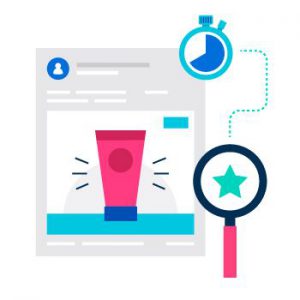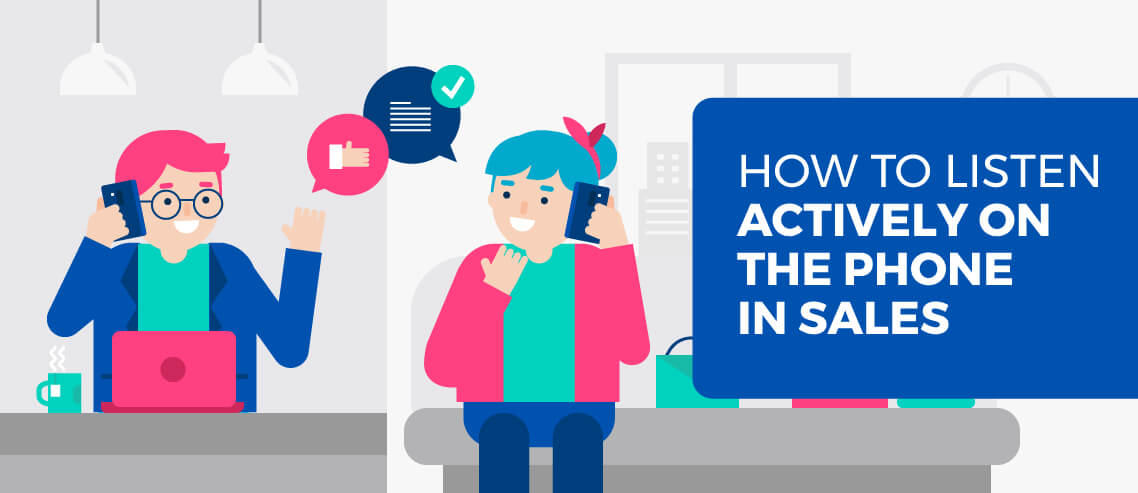Value-Based Selling: What It Is and How To Do It

Contents
Value-based selling puts your customers and their needs front and center. This sales method focuses on emphasizing the value your customers will get from your product or service, thereby making price seem less important and helping to reduce the fear of change.
Value-based selling is becoming an increasingly important sales tactic – Forrester predicts that in 2020, “the top 10% of CMOs will broaden their role in the name of customer value.”
So, let’s get into what value-based selling is and how you can leverage it to hit your sales targets.
What Is Value-Based Selling?
When considering a product or service, customers will typically weigh the price as one of the main factors in their decision, but one variable may be even more important: the amount of value they’ll receive from the purchase.
As long as their budget allows for it, the price a customer is willing to pay is a direct reflection of their perception of value.
So what exactly is value? In the words of Warren Buffett, “price is what you pay. Value is what you get.” However, because value is tricky to quantify, it’s rarely mentioned in pitches or sales copy.
Value-based selling is about honing in on this more abstract variable and focusing on how you can provide value to your customers. Show them that your product will help them achieve their goals, whether that means better productivity, a sense of luxury lifestyle, etc.
It’s not always about beating out your competitors by offering the lowest price. When you use value-based selling, you can focus less on price because people will generally be willing to pay a premium for higher perceived value.
Done right, this process can lead to a substantial increase in the amount of revenue made per sale and can also help create long-term relationships. Once customers understand the value they get from your product or service, they’ll want to return to you instead of simply looking for the cheapest option available.
6 Key Principles of Value-Based Selling
Value-based selling isn’t a sales-hack that you can push on customers to close more deals. It’s the exact opposite – a long term process that involves thinking about, listening to, and learning from your customers to better meet their needs.
Here are six key principles to effectively start using value-based selling.
Listen to Your Customers
 Understanding where value lies starts with listening to customers’ needs, fears, and desires. There’s no “one size fits all” solution – if you try to be everything to everyone, you won’t end up adding value for anyone.
Understanding where value lies starts with listening to customers’ needs, fears, and desires. There’s no “one size fits all” solution – if you try to be everything to everyone, you won’t end up adding value for anyone.
To sell based on value and maximize the utility of what you’re selling, focus on your target market, and work to understand where and how your product or service fits in with what your customer wants.
Many salespeople pride themselves on their ability to talk. But when it comes to value-based selling, the best salespeople are great listeners. To build long-term value-based relationships, you need to get to know your customer as an individual. Take the time to identify their needs and desires and show clearly how your product or service meets those needs.
This approach will allow you to convey the full value of your offering based on their particular circumstances and goals than the price they’re willing to pay.
Sell Experiences, Not Products
It doesn’t matter whether you’re selling a physical product with defined specifications or an intangible service. Customers buy experiences, not products.
For example, a customer buying a high-end piece of luggage isn’t just buying the best storage for their clothes. In reality, they’re buying into (whether they consciously know it or not) a glamorous travel-orientated lifestyle. The same is true for business customers purchasing professional services that will make their lives easier and their businesses more efficient.
When a customer sees the experiential benefit or the end result of what you’re selling, the value of the product or service rises accordingly. They’ll be more invested in the offering, and price won’t matter as much. This, in turn, means less haggling and a higher likelihood of closing the sale.
Take Your Time and Look for Shared Benefits
 No one likes feeling like they’re being sold to all the time. For the value first salesperson, the sales pitch is something that follows a demonstration of value rather than the first thing a customer hears. This means gaining knowledge and trust from potential customers first before trying to sell your product.
No one likes feeling like they’re being sold to all the time. For the value first salesperson, the sales pitch is something that follows a demonstration of value rather than the first thing a customer hears. This means gaining knowledge and trust from potential customers first before trying to sell your product.
Limit sales emails or landing pages and focus on showing the value inherent in what you’re selling. Take a page from the influencer marketing playbook – influencers authentically show how they use products/services in everyday life. These kinds of ads don’t look like advertisements, which is why they’re so effective.
Value-based selling also means switching from a zero-sum mindset into a positive-sum one. In this sales model, the collaboration between the prospect and the seller should result in something greater than just one person taking something from another.
Again, focus on ways your product or service brings your customer value and work to build a mutually beneficial relationship.
Start Educating
You can’t expect customers to simply believe your product or service is necessary – you have to prove it to them. By educating customers, you’re also showing them you’re an expert on a specific topic and building trust.
A customer’s first step in the buying process is often a quest to learn how to solve a problem. Research shows that 6 out of 10 customers see blog posts as valuable in the early stages of the buyer’s journey, but only if the content is purely educational – 96% of customers think that content would be better without sales messages.
Take Mailshake as an example. We sell sales engagement software, but we also have a ton of free resources in the form of blog posts, playbooks, and video courses. Even if a reader doesn’t need what we sell right now, if they are looking for this type of software in the future, they’ll likely think of Mailshake because we’ve built a foundation of trust.
Watch the Competition
With value-based selling, knowing your own products or services inside out isn’t enough. You also have to be an expert in whatever your competitors are selling, too.
Understanding the specifics of what your competitors are doing will help you differentiate your product. A competitor lowering their prices doesn’t mean you have to enter a price-war to the bottom – figure out how you can provide more value, and convey that to prospective customers
Provide Proof
 Customers like to hear you talk about your product, but they’ll always trust other customers more. The best kind of proof that your product or service delivers the value you claim it will is positive customer testimonials from real people.
Customers like to hear you talk about your product, but they’ll always trust other customers more. The best kind of proof that your product or service delivers the value you claim it will is positive customer testimonials from real people.
Collect positive feedback from current customers, and feature them prominently on sales materials. Compile case studies from clients who have been successful using your product or service.
In addition, work on building a community around your product or service to build social proof, which is incredibly important for value-based selling. For example, leverage social media to start a forum where your customers can discuss problems and solutions related to your product.
For some products, trial runs or money-back guarantees are another way of reducing the perceived risk for customers, which is key to maximizing value.
Conclusion
For sales teams looking to get the edge on their competition in a changing environment, value-based selling is a long-term investment that can pay dividends to committed practitioners.
In essence, value-based selling means making customers feel like they’re making a worthwhile investment rather than just a purchase. Done right, this type of selling means a personalized, lasting commitment to providing customers maximum value and receiving maximum repayment in return.





